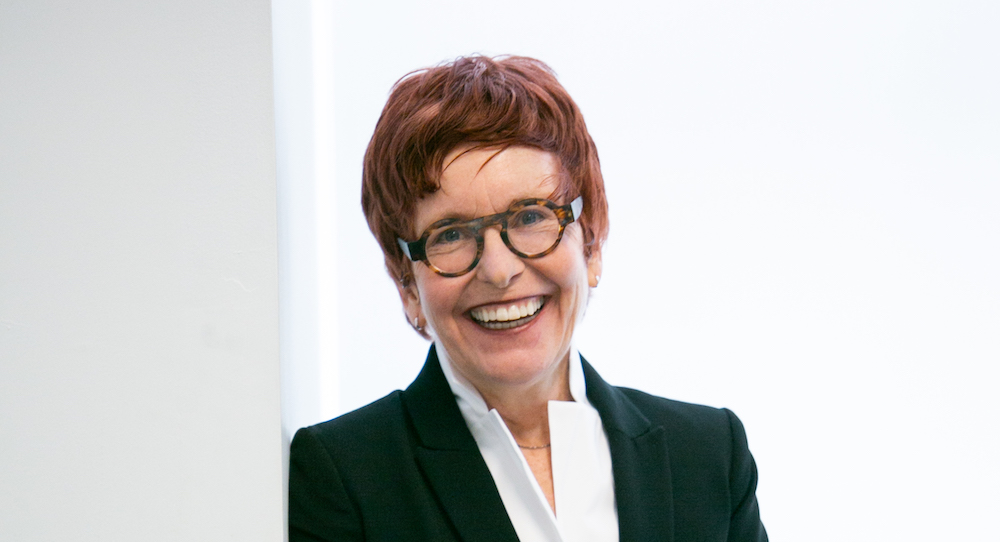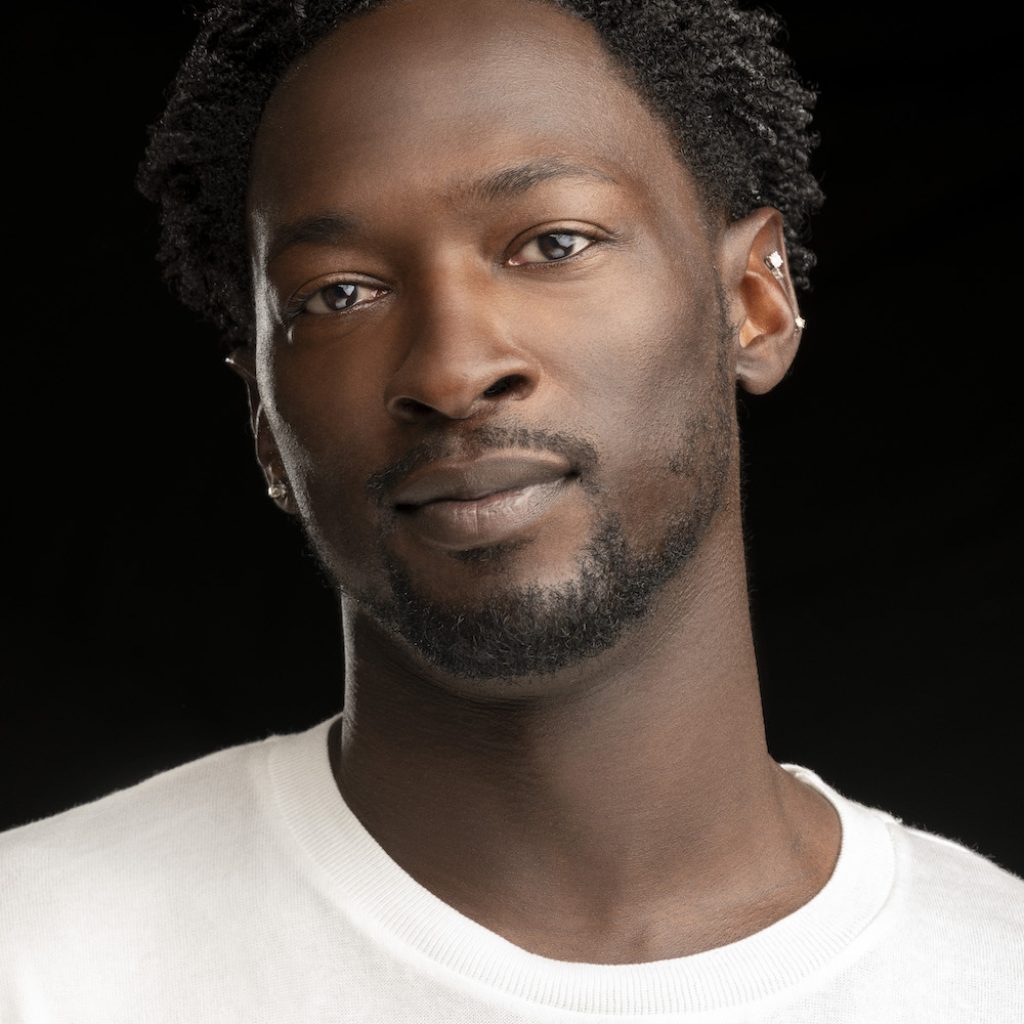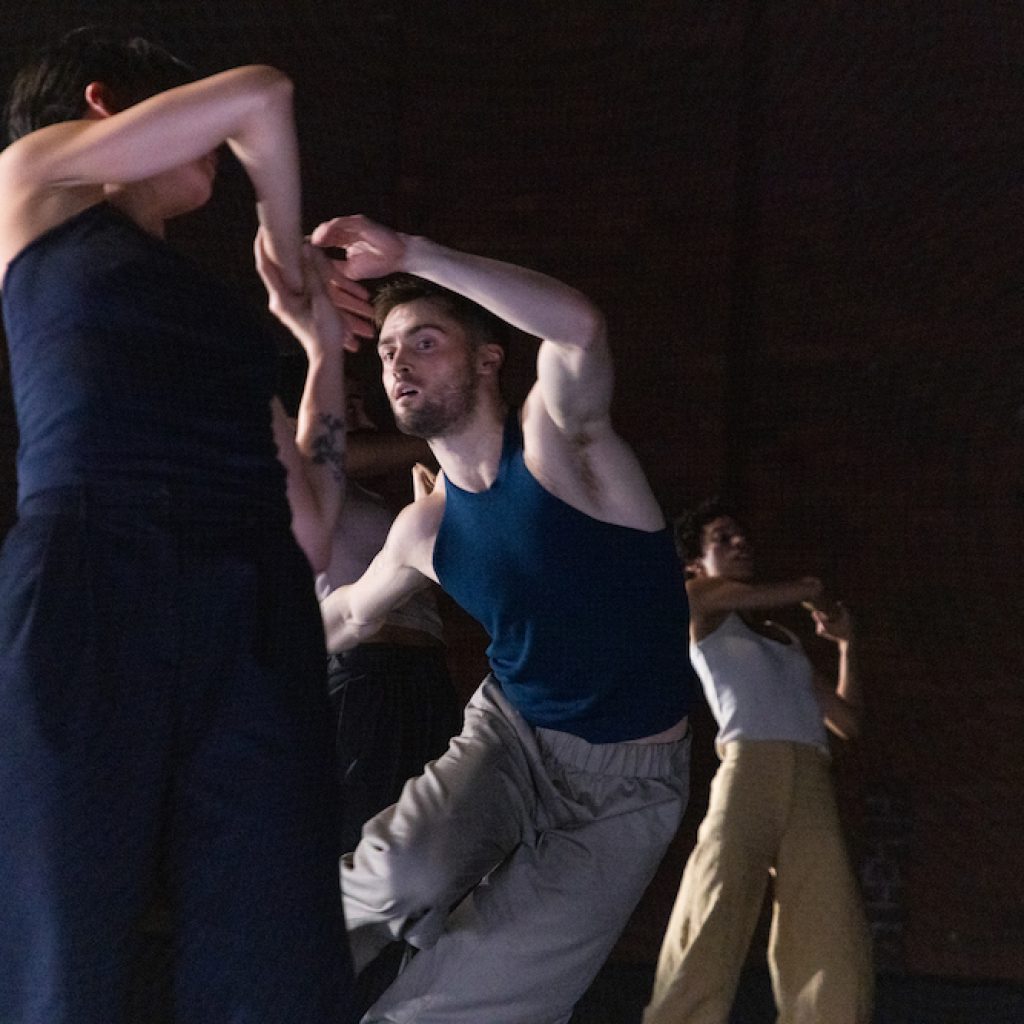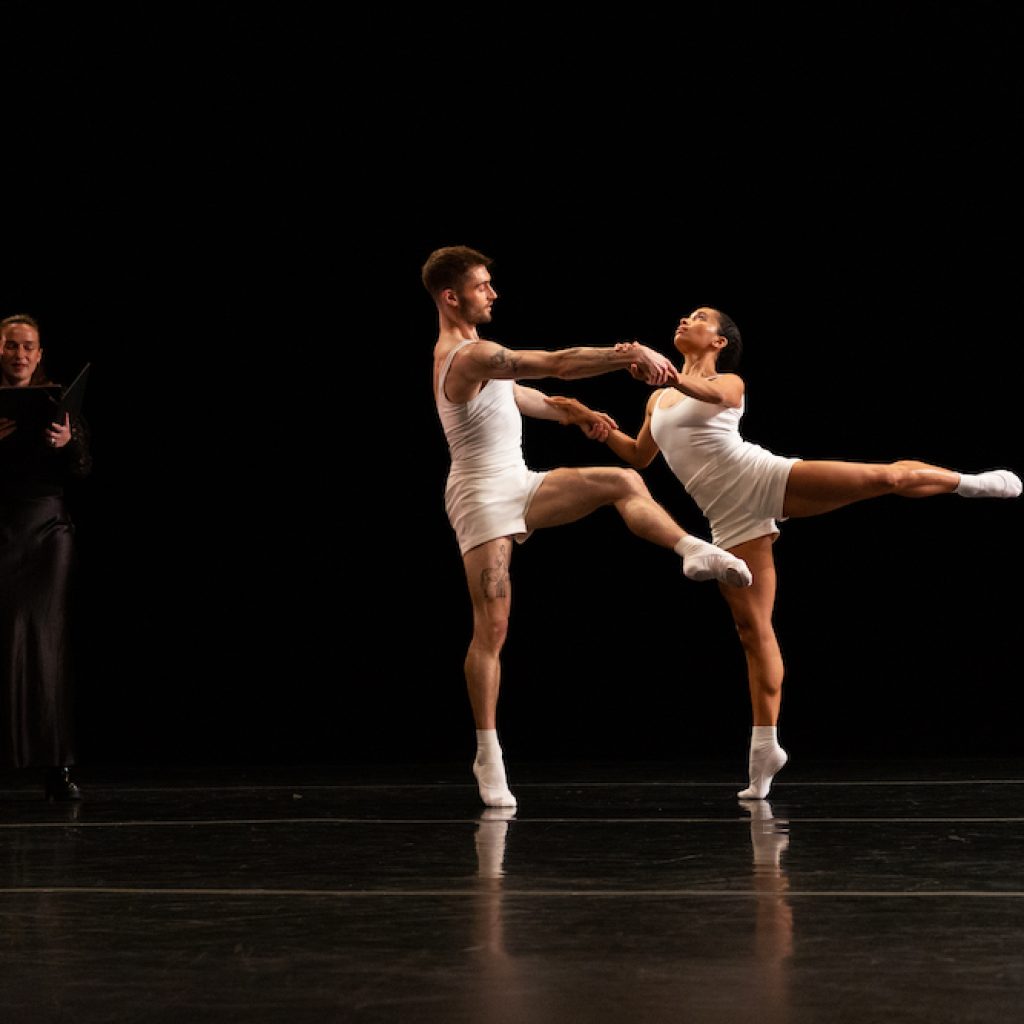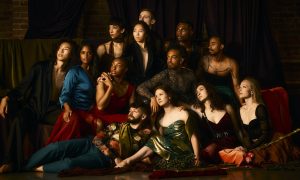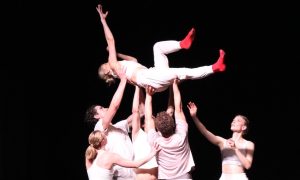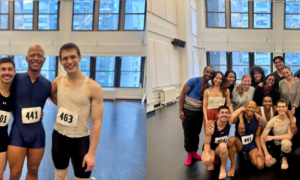In the city of New York, every dancer knows the name Gibney. A studio with two locations, a professional contemporary company and a community outreach division comprise the sizable organization founded by Gina Gibney in 1991. Dance Informa had the chance to sit down with both Gina Gibney, and Director of Gibney Company Gilbert T Small II to discuss the history of the Gibney Dance organization, what makes the company different, inclusivity, and the value of educating and engaging audiences in new ways.
The Gibney organization champions itself for elevating inclusivity in all its many forms. This occurs in the outreach division, the studios themselves and the company. With the company, how does inclusivity take form, and for Gilbert, do you feel like it opens a different portal of authenticity for the artists?
Gilbert T Small II
“The artists and the company have taken ownership of their work and since they are, we’re taking this entire thing forward together. It doesn’t always feel like I’m telling them what to do. They’re always proposing as well. And with this model, they know they can use their voice. They tend to offer suggestions and information that enhance not just the work, but the relationships in the space. As much as I hold them accountable, they hold me accountable. It really sets up the space in a beautiful way when we’re working together. But even more apparent is when outside people come in to create. There’s a space of openness and awareness and it gives the creator a sense of collaboration with these people. And we’re all doing this together. This model is created for human beings in this space. There is time to be in conversation about the work and how we’re approaching the work, which brings more humanity to what we’re doing. We talk a lot about how we infuse humanity into everything we do. So the people witnessing the work can also see themselves in it, and respond to it.”
Gina, what about your formative years as a dance artist in NYC gave rise to the importance of inclusivity as a tenant that drives the organization now?
Gina Gibney
“Even back in ’91, the culture in the studio…there was always an openness to difference. I think a tolerance and embracing of difference. Interestingly, as a gay female identified person, I never felt completely at home in the dance world. There are plenty of gay female identifying individuals in the dance world at that time, but I didn’t feel like there was a sense of camaraderie or unity, and so I was just so used to being around different people, different gender expressions. But I think that the acceptance of difference when you’re in a creative field, and how you see the the beauty of variety and difference in texture fueling the creative process creates more of an openness.”
I imagine honoring that openness in the process aids in creating works that resonate with audiences in impactful ways. Gilbert, when you’re the studio with the dancers, what excites you about the direction the company is going in with regards to connecting with the audience?
Small
“I’ve been dreaming a lot lately about the potential of Gibney Company. I really do think that what we’re doing is really special and necessary for the arts in America, not just New York, with this collaborative, contemporary work that we’re doing. There are just not many repertory companies doing this. What I’m really excited about is continuing to nurture the artists in the company and grow the name of it, not through hype, but do the work in the studio and allow the work to speak for itself. I’m really interested in honoring American choreographers to continue to feed our dancers, but also to continue to inform our audiences. I think it is very important for this company to continue to educate and give their audiences new information, so that the audiences are informed about the art form just as much as they are about the company.”
Gina, for many years, the Gibney Company was an all-female group. Can you talk a bit about why that came about, if it was at all connected to your pull toward social justice work, and why you currently work with all genders?
Gibney
“In the late ’90s, everyone that was being presented were all male choreographers. I remember I walked by Dance Theater Workshop, and I looked up at the marquee and said, ‘Oh my gosh, that is six men they’re presenting this season.’ And I wasn’t angry about it. I worked really hard to not let anger paralyze me, or to not play the role of the angry woman. I wanted to play the role of the proactive woman, and as I was coming back into the field and kind of reimagining myself, and I knew I wanted to do more work with social social action issues. I wanted to work with women’s issues, because that’s what I’m most drawn to. And so the idea of having an all-female company really just made so much sense. I don’t have endless resources. But I have six jobs and six good dance jobs for people. I want to support the field. And I want to make work with women. It was incredibly challenging, though, for me, creatively. If I had been making the decision purely on the basis of artistic inclination or artistic choice making, I probably would have wanted to work with men. I love doing mixed gender duets. I love doing same gender duets. I love having that broader palette or textures that the diversity of gender provides. And so ultimately, I decided that after 10 years, I felt that if I was really trying to express the power and complexity of women, it was better expressed within a mixed gender company.”
Lastly, what does community engagement look like, and do you see a correlation to audience growth?
Small
“We specifically have a phenomenal group of women called storytellers and they work with our community action to develop movement, and then the storytellers go into these workshops and lead movement as well, and they are all survivors themselves. I feel like they are some of Gibney Company’s biggest supporters. They’re the most fun people and they’re at every show, loud and clapping. Yasmin, who’s the Director of Community Action has a really beautiful way of weaving together the entire organization whenever she’s out in public, because of her deep wealth of knowledge, but also care for the organization. You see a lot of crossover in that way.”
For more information on the Gibney Company, visit gibneydance.org/company.
By Emily Sarkissian of Dance Informa.


